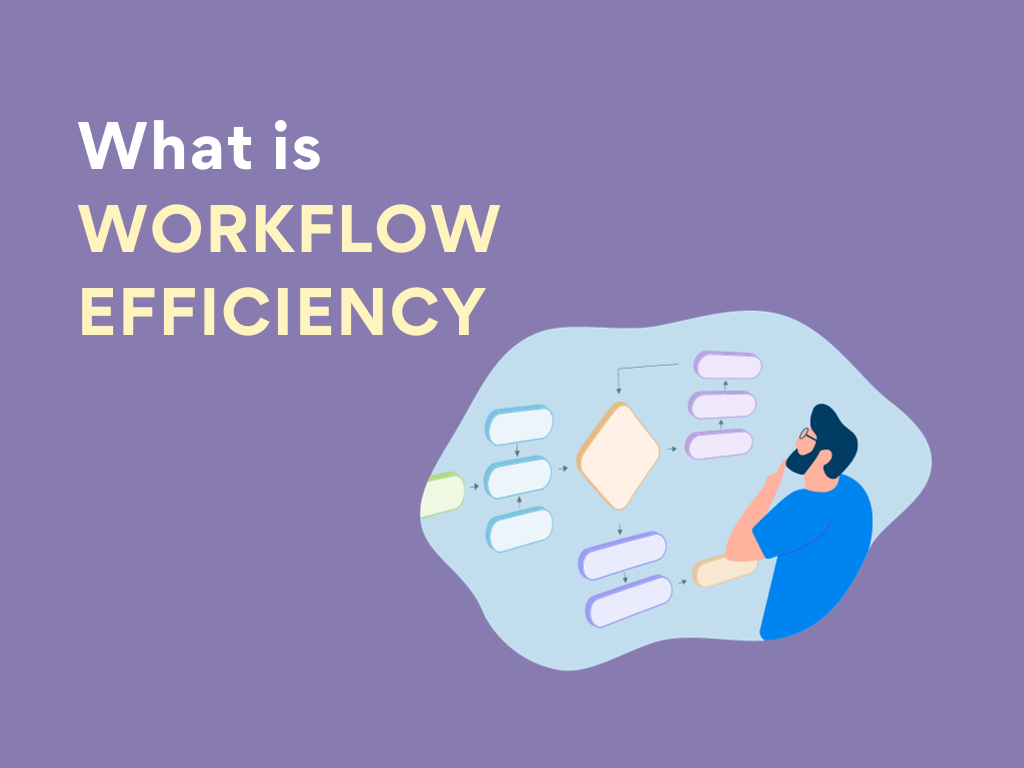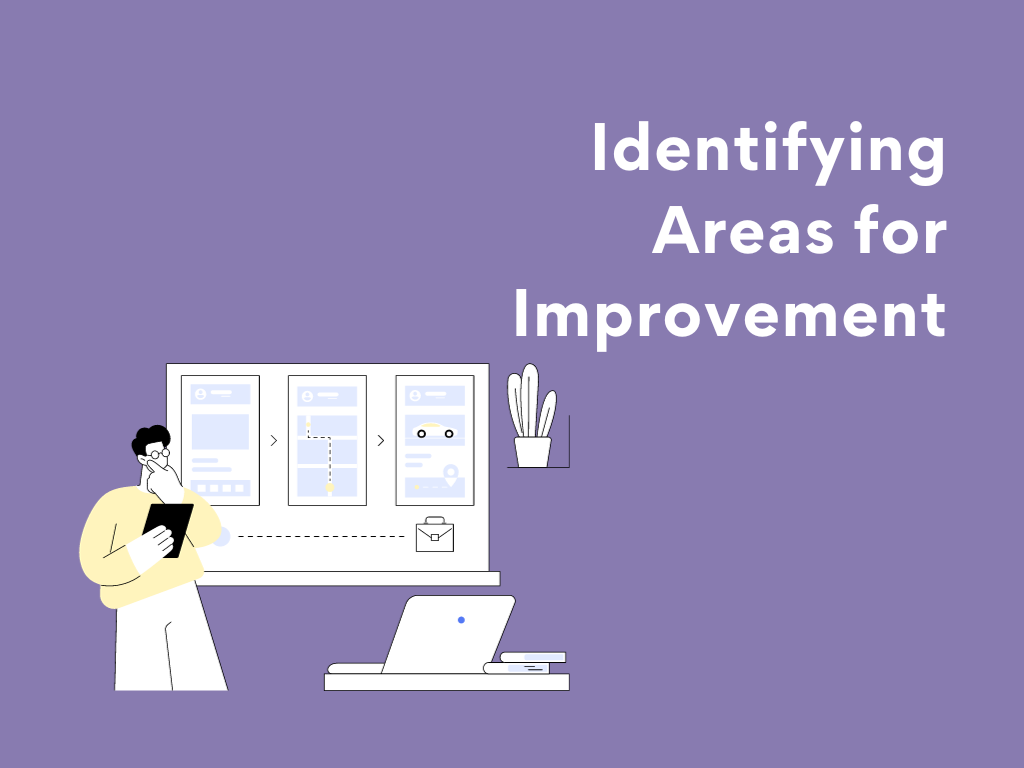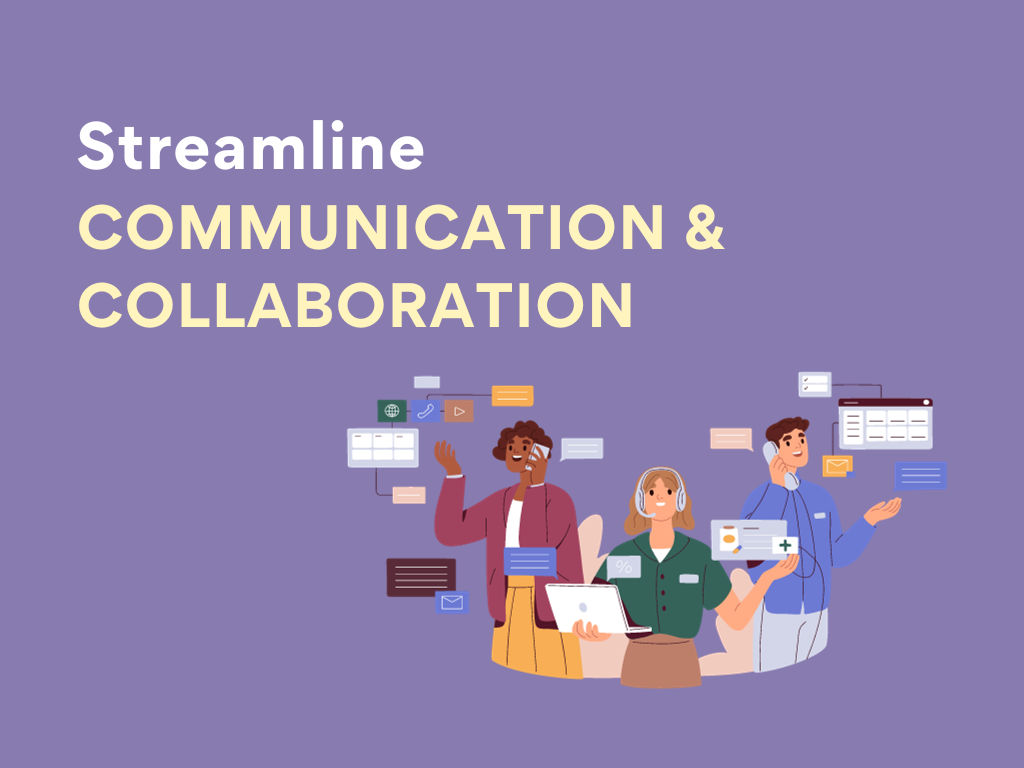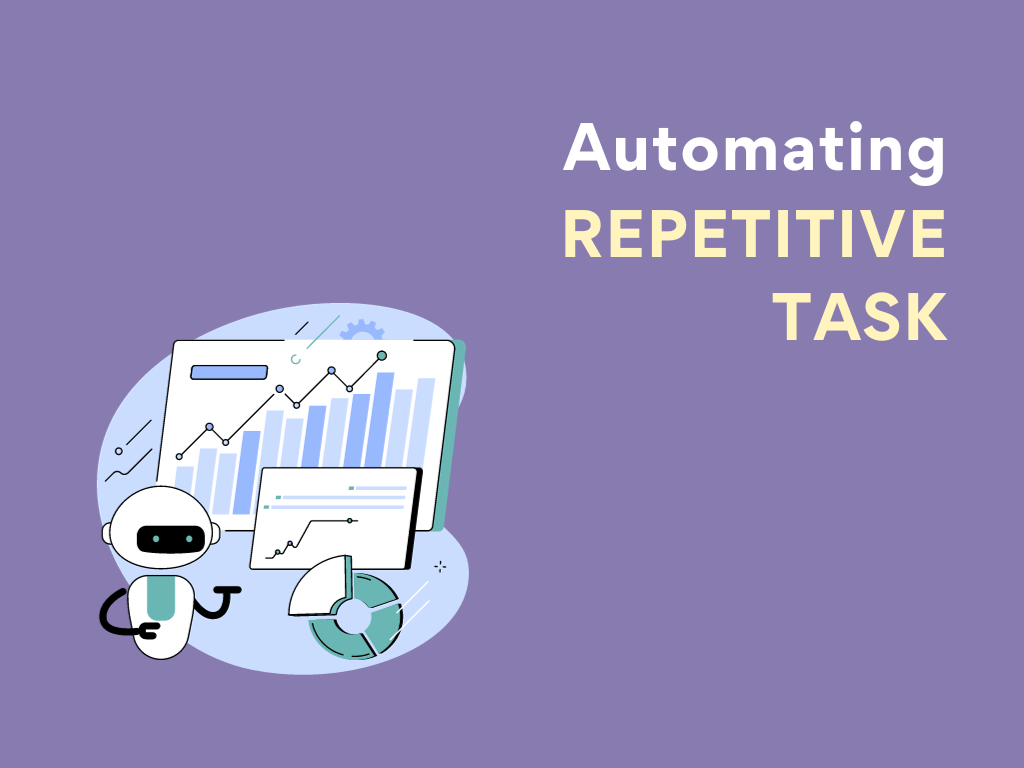Table of Contents:
- What Is Workflow Efficiency and Why Does It Matter?
- Identifying Areas for Improvement in Your Current Workflow
- Streamlining Communication and Collaboration
- Automating Repetitive Tasks to Save Time
- Tracking and Analyzing Metrics to Continuously Improve
Introduction
As a professional, your time is your most valuable resource. Yet many people struggle with ineffective workflows and habits that reduce productivity and lead to frustration.
Creating an optimized workflow tailored to your needs and work style can make all the difference.
By evaluating how you currently work, identifying inefficiencies, and making targeted improvements, you'll gain back hours each week and accomplish more while feeling less stressed.
This guide provides a step-by-step blueprint for enhancing your workflow efficiency using proven techniques.
Following these strategies will transform how you work and empower you to achieve at your highest level.
Read on to begin optimizing your workflow and reaching your full potential.
What Is Workflow Efficiency and Why Does It Matter?

Workflow efficiency refers to the optimization of how you complete recurring work processes and tasks.
By analyzing how you currently get work done and making improvements to streamline your workflow, you can work smarter, not harder.
When your workflow is efficient, you waste less time and energy. This allows you to be more productive and avoid burnout. Some of the benefits of improved workflow efficiency include:
- Increased productivity. Less time spent on inefficient processes means more time for meaningful work.
- Improved work-life balance. Streamlining how you work leads to fewer long days at the office trying to complete everything.
- Reduced errors and rework. Efficient workflows minimize confusion, missed steps, and having to redo tasks.
- Decreased stress and frustration. Knowing exactly what needs to get done and having a clear path to completing it leads to greater peace of mind and job satisfaction.
To optimize your workflow, examine how you currently complete important work processes and look for any bottlenecks, redundancies, or unnecessary steps.
Get input from colleagues and managers on how to streamline collaborative projects. Automate any repetitive manual tasks if possible. Document your improved workflows and train any new team members to ensure continued efficiency.
Making the effort to improve how you work will pay off through increased productivity, less stress, and more work-life balance.
Efficient workflows are the foundation for both individual and organizational success. Take the time to assess your own workflow and make optimizing it a priority. Your future self will thank you.
Identifying Areas for Improvement in Your Current Workflow

To optimize your workflow, you must systematically analyze how you currently get work done and determine areas ripe for improvement.
The following steps will help you identify inefficient processes and time-wasters in your daily workflow:
Review Your Typical Work Day
Track how you spend your time over the course of a few days to gain insight into your workflow patterns.
Note tasks that seem to take longer than necessary or that you find yourself avoiding. These are prime targets for improvement.
Pinpoint Repetitive or Tedious Tasks
Look for repetitive tasks that take up significant portions of your time but do not require a high level of expertise or critical thinking.
Automate or streamline these whenever possible. For example, leverage tools to automatically schedule meetings, generate reports, or reorder supplies.
Identify Distractions and Time-Wasters
Common productivity killers include excessive meetings, frequent interruptions from colleagues, lengthy email correspondence, and social media browsing.
Minimize notifications on your devices and try to limit checking email and social media to a few times per day at most.
Let coworkers know if there are certain times when you need to focus without interruptions.
Review How You're Managing Information
An inefficient system for organizing files, notes, and other information can cost you valuable time searching for what you need.
Develop consistent rules for naming and filing digital documents. Use a note-taking app to capture meeting notes, project details, and other information in one place.
Keep your physical and virtual desktop tidy and free of clutter.
By analyzing how you currently work and making improvements to streamline repetitive tasks, limit distractions, and better manage information, you can develop a workflow primed for optimal efficiency and productivity.
Significant time-savings and decreased stress will make the effort well worth it.
Streamlining Communication and Collaboration

To optimize workflow efficiency, effective communication and collaboration are essential. Several steps can be taken to improve information sharing and teamwork.
First, determine the appropriate channels for different types of communications. For quick questions or updates, use instant messaging.
For more complex discussions or brainstorming, meet via video conference. For project management, use a dedicated platform that allows you to assign tasks, share files, and monitor progress.
Second, establish clear guidelines around response times and availability. For example, agree that emails and messages will be replied to within 24 hours during the workweek.
Also, set "quiet hours" where employees are not expected to respond unless urgent. This avoids the expectation of constant availability and allows for a better work-life balance.
Third, hold regular meetings to align teams and keep everyone up to date. Weekly or biweekly stand-ups are useful for addressing any roadblocks and ensuring all departments have the information they need.
Monthly or quarterly strategic meetings should also review key objectives and metrics to guarantee priorities and goals remain on track.
Finally, promote a culture of openness and inclusiveness. Encourage employees at all levels to share feedback, insights, and suggestions to improve processes.
Developing an environment where people feel heard and respected leads to greater job satisfaction, innovation, and productivity.
When communication is streamlined and collaboration is second nature, workflows hum with efficiency.
By selecting the right tools, setting clear guidelines, conducting productive meetings, and fostering an open culture, organizations can achieve a level of operational excellence where the right information reaches the right people at the right time.
Automating Repetitive Tasks to Save Time

Automating repetitive tasks is one of the most effective ways to improve your workflow efficiency and save time.
By setting up automated processes, you can eliminate tedious and repetitive jobs that waste productive hours in your day.
Identify Repetitive Tasks
The first step is to analyze your daily routine and pinpoint jobs that are dull, repetitive, and time-consuming.
Things like invoicing clients, scheduling meetings, and answering standard emails are prime candidates for automation. Make a list of 3 to 5 repetitive tasks you want to optimize.
Choose Automation Tools
Next, explore software tools and apps that can handle automated processes. Solutions like Sanka, Zapier, and Microsoft Flow offer easy automation without programming experience.
They connect your apps and services to automatically trigger actions and workflows. You may also want to look at industry-specific tools tailored to your needs.
Set Up Automated Workflows
Once you select a tool, you can begin building automated workflows for your repetitive tasks.
Are routine tasks eating up your time and resources? Sanka is here to take your business to new levels of productivity.
From managing emails and invoices to streamlining recruitment and PR activities, our platform will revolutionize your workflow management.
Find ready-made workflows that match your business needs or create your own to unlock unprecedented efficiency and cost savings.
Our solutions have already empowered numerous business leaders – now it's time for your business to experience blazing efficiency!
Don't let productivity bottlenecks bog you down. Let Sanka guide your journey towards exponential growth.
Review and Refine
After enabling some automated workflows, closely monitor their performance to ensure optimal efficiency. Make adjustments as needed to improve or fix any issues.
You may need to tweak triggers or actions to better suit your needs over time. Regular review and refinement help guarantee your automated processes are working accurately and saving you the maximum amount of time.
Tracking and Analyzing Metrics to Continuously Improve

To ensure your workflow is as efficient as possible, you need to continuously track key metrics and make improvements based on the data.
Analyzing metrics like the following can help uncover opportunities to optimize your processes:
Time-on-task
Closely monitoring how much time is spent on specific tasks can reveal tasks that are taking too long.
You may find that certain responsibilities are more time-consuming than they should be, indicating a need to streamline or reassign work.
Measuring time-on-task also helps ensure you're spending the right amount of time on high-priority projects versus lower-priority tasks.
Task completion rate
Your task completion rate is the percentage of tasks you fully complete in a given time period.
A low completion rate signals that you may have taken on more work than you have the capacity for or that inefficiencies in your workflow are preventing you from finishing work in a timely manner.
Look for ways to limit work in progress and remove productivity roadblocks.
Revenue generated
For revenue-generating activities, track how much revenue is produced to determine if your time is being utilized effectively.
If revenue per hour is lower than desired, you may need to re-evaluate how you're spending your time or make changes to increase your productivity and impact.
Customer satisfaction
Monitoring customer satisfaction through surveys, reviews, and feedback can indicate if your workflow is truly meeting client needs.
Look for trends in the data to identify workflow processes that could be improved to better serve your customers. Make changes and then measure the impact on satisfaction scores.
Continuously collecting and reviewing metrics like these, and then making incremental improvements and updates to your workflow and processes based on the data, is key to optimizing your efficiency and productivity over the long run.
Small tweaks, when made consistently, can add up to big benefits. The key is to start tracking, keep tracking, and let the metrics guide your optimization efforts.
Conclusion
In summary, by following the workflow efficiency blueprint outlined here, you can transform the way you work and achieve peak productivity.
The steps may seem tedious or unnecessary at first, but implementing them rigorously and consistently will yield life-changing results.
Your time will become your own again rather than the other way around. Stress and burnout will fade into the background as you achieve an optimized and sustainable workflow.
The investment in improving your processes will pay off exponentially as you gain hours of time each day and week to spend on high-value tasks, leisure activities, and with loved ones.
Take action now to build the foundation for a successful and fulfilling career by making workflow efficiency a priority in your life. The rewards will be well worth the effort.








